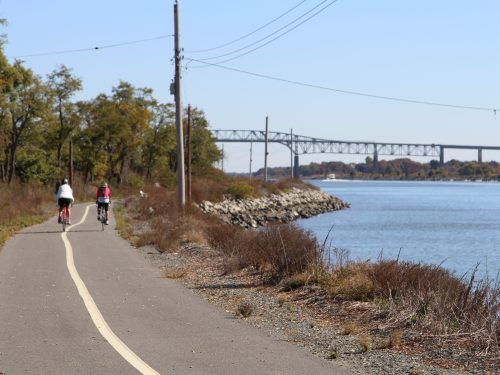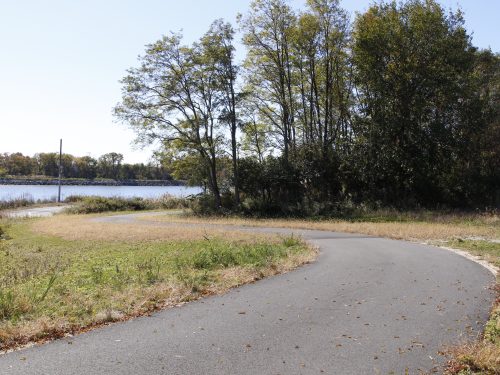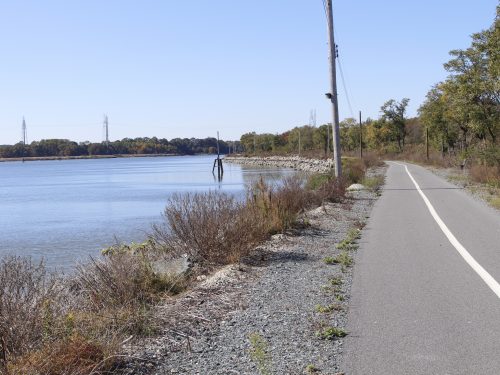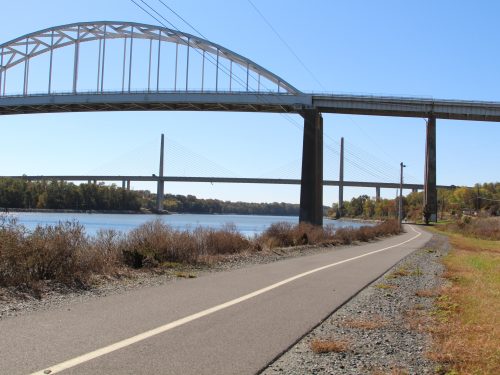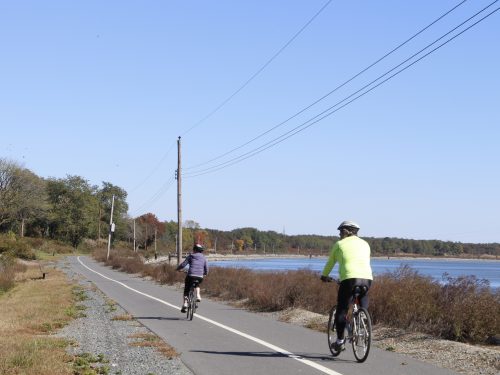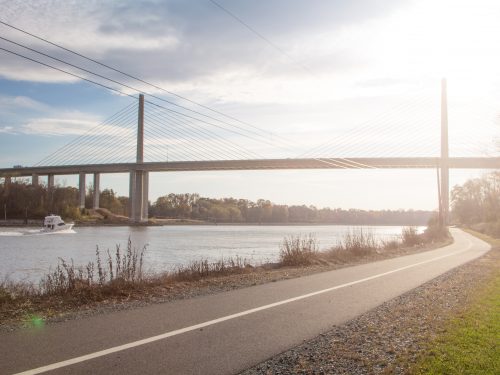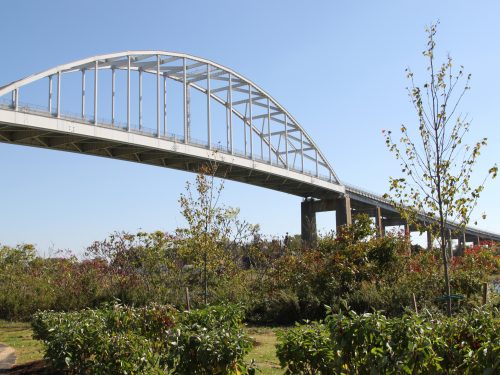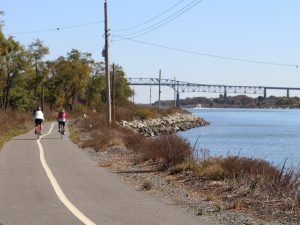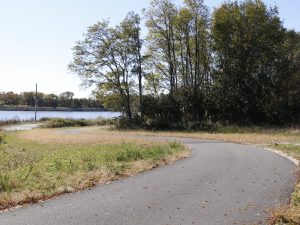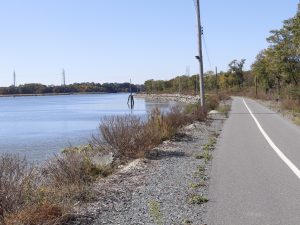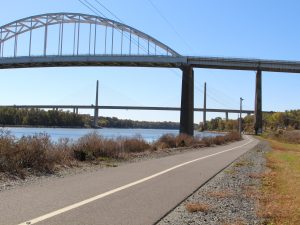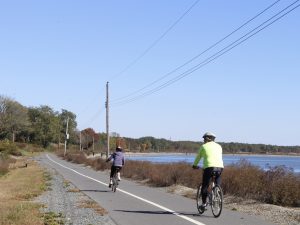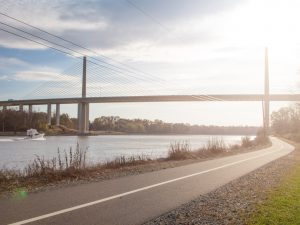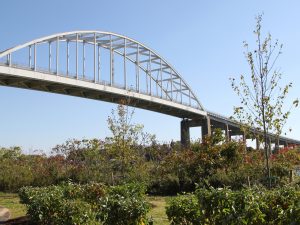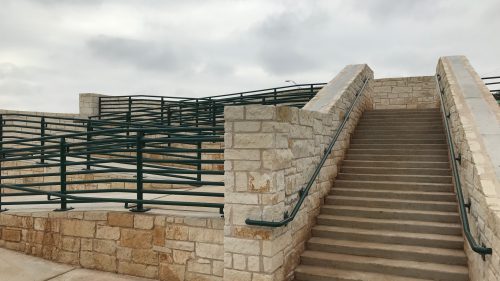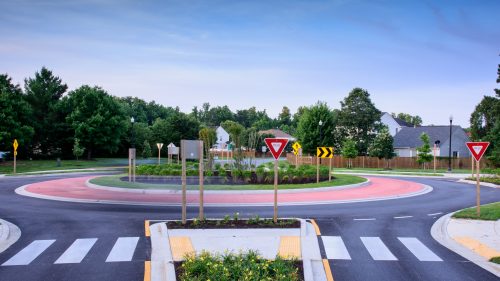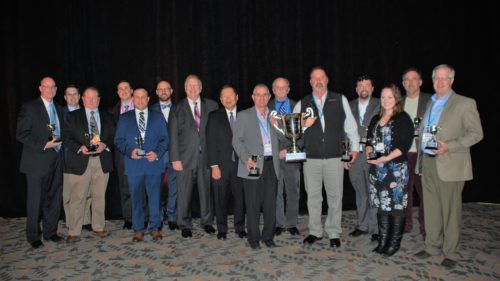C&D Canal Recreational Trail
C&D Canal Recreational Trail
On behalf of a committee comprised of more than a dozen federal, state, county, and municipal agencies across two states, JMT provided a range of services to implement Phase 1 of the Chesapeake & Delaware (C&D) Canal Trail. The concept plan completed by the U.S. Army Corps of Engineers (USACE) outlined a multi-purpose trail accommodating a mix of bicycling, walking, and horseback riding, among other recreational activities, with trail markers, restroom facilities, parking, information kiosks, picnic areas, improved fishing piers, and controlled access points. A service road adjacent to the canal would be redeveloped into a 10- to 12-foot-wide paved trail surface with an adjacent five- to seven-foot crushed limestone equestrian trail facility. These enhancements facilitate existing and future activities such as fishing, dog training, bird watching, hunting, and horseback riding, as well as preserving the Canal’s wetlands, wildlife, and natural infrastructure.
The initial plan included approximately 15 miles of trail facility and six trailheads. JMT’s activities began with completing base information including: collecting data and standards from each jurisdiction and responsible agency; topographic surveys; base mapping displaying the existing and proposed conditions; right-of-way; and cultural and environmental data. JMT reviewed the concept plan in detail and applied the master plan concept to the specific project data collected.
One unique aspect of the project was developing project design criteria as the improvements were located primarily within federal lands, crossed into two states, and included three towns. JMT worked extensively with the multi-agency committee to identify issues and provide recommendations for solutions.
JMT completed preliminary engineering and landscape architectural plans for the entire Phase 1 improvements. Based upon the preliminary plans, JMT developed a public involvement plan that included two public workshops, other local meetings, display boards, public notices and flyers, website materials, and review/responses of public comments. JMT also assisted the USACE with preparing an environmental assessment in accordance with NEPA.
Upon completion of the initial public involvement activities, JMT proceeded into developing contract documents for the initial nine-mile construction project, named for former Delaware governor and U.S. Representative Michael N. Castle. The trail’s many sustainable features included solar-powered, composting restroom facilities; pervious asphalt and grass buffers between trails; and benches and tables composed of recycled materials.
